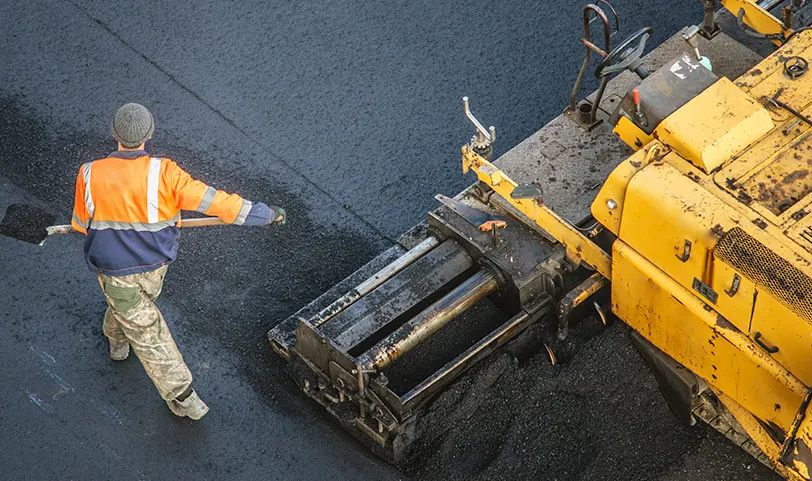
We have all had to deal with potholes before. Whether they are in a street, driveway, or parking lot, they can cause a lot of trouble. Not only are they ugly, but they can also damage vehicles. Even minor vehicle repairs can be expensive, so investing in pothole repair is best before a problem occurs.








